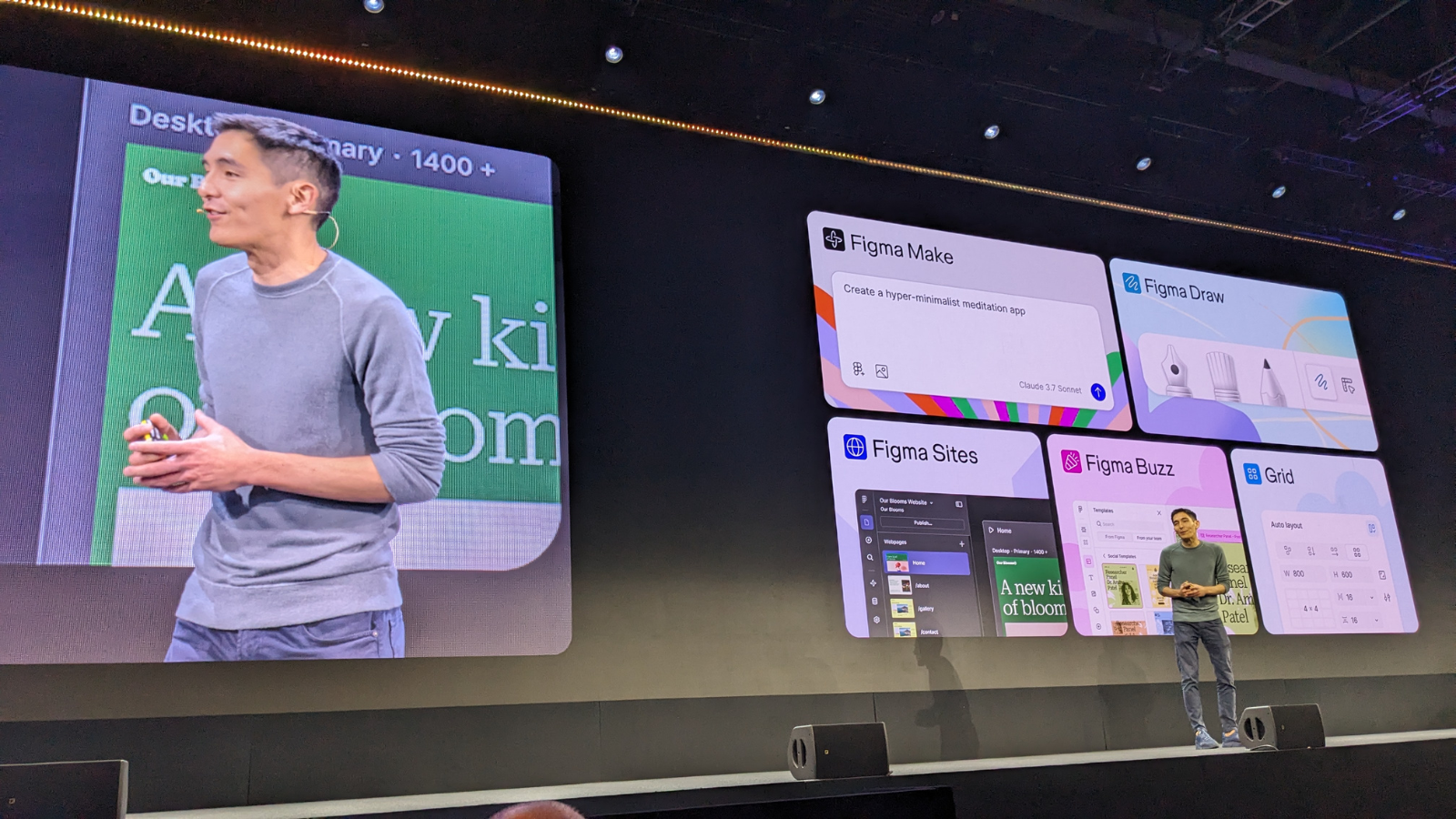IT4Innovations Chooses Intel® Xeon® 6 Processors with P-Core and MRDIMMS to Power Their New Eviden-built Flagship Supercomputer
Since 2013, IT4Innovations National Supercomputing Center, a part of the VSB-Technical University of Ostrava, has served as a cornerstone of computational power in the Czech Republic. This year, the Center will undergo a significant update as Eviden, a European leader in advanced computing, delivers a new flagship high-performance computing (HPC) system with the latest technologies from Intel. This transition represents a critical step to ensure that the Czech research community and commercial sector maintain access to state-of-the-art HPC resources. As Branislav Jansík, Director of Supercomputing Services at IT4Innovations, described the advancements, “Our HPC systems need the capability to support very diverse workloads because we serve a vast community of scientists from all over the Czech Republic. Since the Intel technologies in our newest system will overcome past memory-throughput constraints, I am confident that a portion of our user base will find this architecture indispensable for their scientific endeavors. Some of them will be able to do things that were inefficient or not feasible with our legacy HPC systems, so our team is proud to support and enable their work.” Barbora Next Generation’s CZK $91 million implementation cost is funded by the Operational Programme Johannes Amos Comenius, and managed by the Ministry of Education, Youth, and Sports of the Czech Republic. “Since the Intel technologies in our newest system will overcome past memory-throughput constraints, I am confident that a portion of our user base will find this architecture indispensable for their scientific endeavors.” -Branislav Jansík, Director of Supercomputing Services at IT4Innovations Under the hood The Center’s legacy Barbora and Karolina supercomputers depended on earlier-generation hardware, leaving some of today’s most data-intensive workloads, like cosmological modeling and simulation, memory-bound. In contrast, Eviden will build the all-new Barbora Next Generation supercomputer using BullSequana XH3000 technology, a unique architecture consisting of compute nodes designed specifically for memory-intensive tasks and higher memory-per-core requirements. The system will also make the most of Intel’s latest technological leaps, including Intel® Xeon® 6 with P-core processors and Multiplexed Rank Dual Inline Memory Modules (MRDIMM). For Bruno Lecointe, VP, global head of HPC, AI and Quantum, Eviden (Atos Group), “It is a privilege to collaborate alongside Intel to help advance Europe’s computing infrastructure with a new flagship supercomputer for IT4Innovations, its end users, the Czech research community, and the commercial sector.” Compared to Intel’s earlier CPUs, Intel® Xeon® 6 with P-core processors provide a substantial speed increase thanks to multiple high-performance cores with innovative matrix and vector engines and ultrahigh memory and I/O bandwidth. The combination helps HPC systems handle hefty workloads, like those involved with AI and large language models, faster and more efficiently than previous-generation CPUs. MRDIMMs complement the processors’ strengths with major bandwidth improvements over DDR5 RDIMMs. Each MRDIMM module effectively combines the capabilities previously provided by two DDR5 RDIMMs, thereby doubling the data transfer rate to 8800 MT/s. MRDIMMs provide up to a 39 percent increase in bandwidth over RDIMM counterparts.1,2 Plus, MRDIMMs can deliver up to 40 percent lower latency for bandwidth-sensitive workloads.1,3 Today, Intel is the first and only company to support customer’s MRDIMMs through Intel Xeon 6 with P-cores with up to 12 memory channels and 128 cores per socket. Compared to Karolina’s compute nodes, the Barbora Next Generation supercomputer can deliver up to 2.75x higher memory bandwidth (8800 MT/s memory speed) and three times as much memory. It will also use more than 500 TB high-speed solid state drive (SSD) storage to support challenging workloads at speeds exceeding 697 GB/s. This combination of leading technologies will make the new supercomputer ideal for the kinds of simulation and data analysis workloads that the Czech scientists utilize. Once delivered later this year, the system will include 431 compute servers supported by 192 CPU cores each and 768 gigabytes of RAM, delivering roughly 1.3 petaflops overall. Breakthroughs for science and industry Scientists supported by IT4Innovations will use the new HPC system to tackle enormous projects. Three times per year, the Center receives 60-80 proposals from researchers around the nation seeking supercomputing access, and Jansík and his team want to support as many as possible. Those applying to use the new system plan to execute highly complicated workloads to advance endeavors like cosmological research on black holes, molecular dynamics, structural engineering, and much more. As the world becomes increasingly reliant on data and technology, the demand for the latest computational tools continues to rise. Super


Since 2013, IT4Innovations National Supercomputing Center, a part of the VSB-Technical University of Ostrava, has served as a cornerstone of computational power in the Czech Republic. This year, the Center will undergo a significant update as Eviden, a European leader in advanced computing, delivers a new flagship high-performance computing (HPC) system with the latest technologies from Intel. This transition represents a critical step to ensure that the Czech research community and commercial sector maintain access to state-of-the-art HPC resources.
As Branislav Jansík, Director of Supercomputing Services at IT4Innovations, described the advancements, “Our HPC systems need the capability to support very diverse workloads because we serve a vast community of scientists from all over the Czech Republic. Since the Intel technologies in our newest system will overcome past memory-throughput constraints, I am confident that a portion of our user base will find this architecture indispensable for their scientific endeavors. Some of them will be able to do things that were inefficient or not feasible with our legacy HPC systems, so our team is proud to support and enable their work.”
Barbora Next Generation’s CZK $91 million implementation cost is funded by the Operational Programme Johannes Amos Comenius, and managed by the Ministry of Education, Youth, and Sports of the Czech Republic.
“Since the Intel technologies in our newest system will overcome past memory-throughput constraints, I am confident that a portion of our user base will find this architecture indispensable for their scientific endeavors.”
-Branislav Jansík, Director of Supercomputing Services at IT4Innovations
Under the hood
The Center’s legacy Barbora and Karolina supercomputers depended on earlier-generation hardware, leaving some of today’s most data-intensive workloads, like cosmological modeling and simulation, memory-bound. In contrast, Eviden will build the all-new Barbora Next Generation supercomputer using BullSequana XH3000 technology, a unique architecture consisting of compute nodes designed specifically for memory-intensive tasks and higher memory-per-core requirements. The system will also make the most of Intel’s latest technological leaps, including Intel® Xeon® 6 with P-core processors and Multiplexed Rank Dual Inline Memory Modules (MRDIMM).
For Bruno Lecointe, VP, global head of HPC, AI and Quantum, Eviden (Atos Group), “It is a privilege to collaborate alongside Intel to help advance Europe’s computing infrastructure with a new flagship supercomputer for IT4Innovations, its end users, the Czech research community, and the commercial sector.”
Compared to Intel’s earlier CPUs, Intel® Xeon® 6 with P-core processors provide a substantial speed increase thanks to multiple high-performance cores with innovative matrix and vector engines and ultrahigh memory and I/O bandwidth. The combination helps HPC systems handle hefty workloads, like those involved with AI and large language models, faster and more efficiently than previous-generation CPUs.
MRDIMMs complement the processors’ strengths with major bandwidth improvements over DDR5 RDIMMs. Each MRDIMM module effectively combines the capabilities previously provided by two DDR5 RDIMMs, thereby doubling the data transfer rate to 8800 MT/s. MRDIMMs provide up to a 39 percent increase in bandwidth over RDIMM counterparts.1,2 Plus, MRDIMMs can deliver up to 40 percent lower latency for bandwidth-sensitive workloads.1,3 Today, Intel is the first and only company to support customer’s MRDIMMs through Intel Xeon 6 with P-cores with up to 12 memory channels and 128 cores per socket.
Compared to Karolina’s compute nodes, the Barbora Next Generation supercomputer can deliver up to 2.75x higher memory bandwidth (8800 MT/s memory speed) and three times as much memory. It will also use more than 500 TB high-speed solid state drive (SSD) storage to support challenging workloads at speeds exceeding 697 GB/s. This combination of leading technologies will make the new supercomputer ideal for the kinds of simulation and data analysis workloads that the Czech scientists utilize.
Once delivered later this year, the system will include 431 compute servers supported by 192 CPU cores each and 768 gigabytes of RAM, delivering roughly 1.3 petaflops overall.
Breakthroughs for science and industry
Scientists supported by IT4Innovations will use the new HPC system to tackle enormous projects. Three times per year, the Center receives 60-80 proposals from researchers around the nation seeking supercomputing access, and Jansík and his team want to support as many as possible. Those applying to use the new system plan to execute highly complicated workloads to advance endeavors like cosmological research on black holes, molecular dynamics, structural engineering, and much more.
As the world becomes increasingly reliant on data and technology, the demand for the latest computational tools continues to rise. Supercomputing centers like IT4Innovations are at the forefront of this trend, providing the necessary infrastructure to support cutting-edge research and development. The organization’s latest rollout represents a critical technological investment that embraces emerging challenges, opportunities, and discoveries in the rapidly evolving field of supercomputing. Barbora Next Generation will certainly make an impact!
Footnotes:
2. As compared to 128GB RDIMM at 6400 MT/s (2Rx4), 128 GB MRDIMM (4Rx4) at 8800 MT/s yields up to 39%
3. Up to 40% lower latency for 2R:1W sequential memory access pattern measured with Intel MLC. Run on GNR AP platform. MRDIMM system: 1 DIMM per channel (1DPC), 128 GB TFF 4Rx4 MRDIMM (16Gb) at 8800 MT/s; RDIMM system: 1DPC, 128 GB 2Rx4 RDIMM (32Gb) at 6400 MT/s with 1TB system memory.
Performance varies by use, configuration and other factors. Learn more at www.Intel.com/PerformanceIndex.
Performance results are based on testing as of dates shown in configurations and may not reflect all publicly available updates. See backup for configuration details. No product or component can be absolutely secure.
Your costs and results may vary.
Intel does not control or audit third-party data. You should consult other sources to evaluate accuracy. Your costs and results may vary.
Intel technologies may require enabled hardware, software or service activation.
©Intel Corporation. Intel, the Intel logo, and other Intel marks are trademarks of Intel Corporation or its subsidiaries. Other names and brands may be claimed as the property of others.

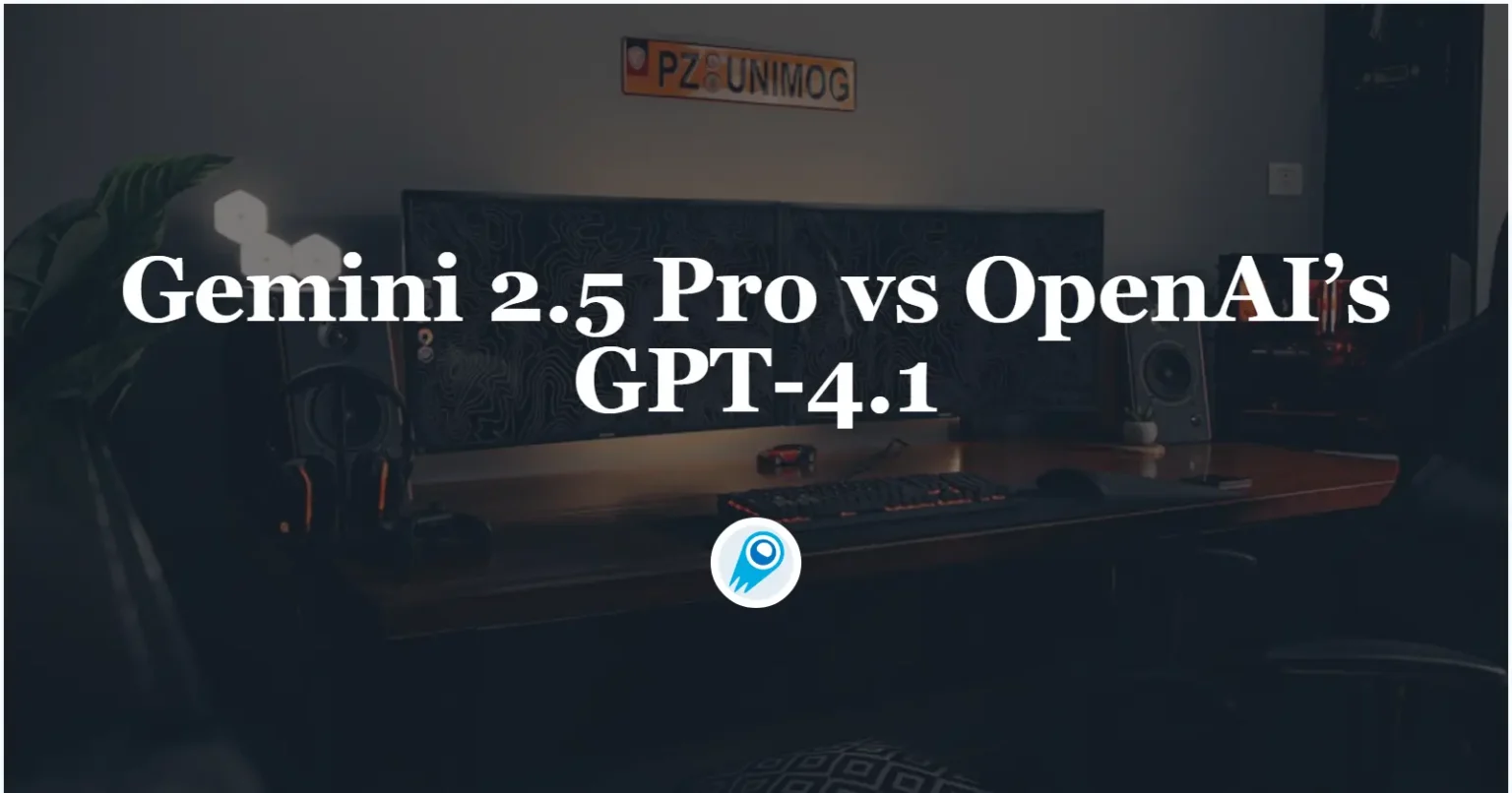













































































































































![Top Features of Vision-Based Workplace Safety Tools [2025]](https://static.wixstatic.com/media/379e66_7e75a4bcefe14e4fbc100abdff83bed3~mv2.jpg/v1/fit/w_1000,h_884,al_c,q_80/file.png?#)































![[The AI Show Episode 152]: ChatGPT Connectors, AI-Human Relationships, New AI Job Data, OpenAI Court-Ordered to Keep ChatGPT Logs & WPP’s Large Marketing Model](https://www.marketingaiinstitute.com/hubfs/ep%20152%20cover.png)






















































































































![[DEALS] Microsoft Visual Studio Professional 2022 + The Premium Learn to Code Certification Bundle (97% off) & Other Deals Up To 98% Off](https://www.javacodegeeks.com/wp-content/uploads/2012/12/jcg-logo.jpg)



























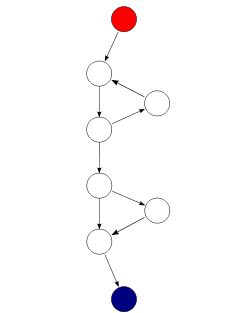























































































-0-6-screenshot.png?width=1920&height=1920&fit=bounds&quality=70&format=jpg&auto=webp#)








































































































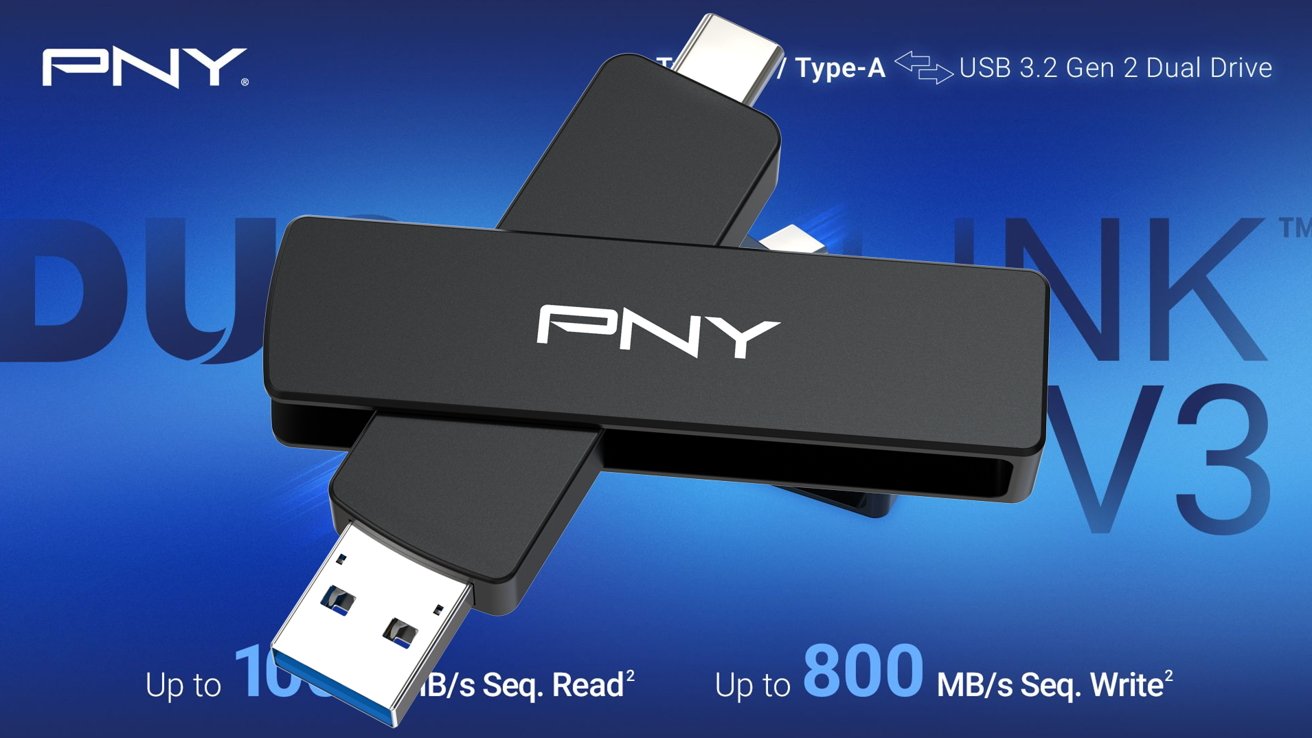














![Someone is selling a bunch of those rare Essential ‘Gem’ phones for $1,200 [Gallery]](https://i0.wp.com/9to5google.com/wp-content/uploads/sites/4/2019/10/next-essential-phone.jpg?resize=1200%2C628&quality=82&strip=all&ssl=1)








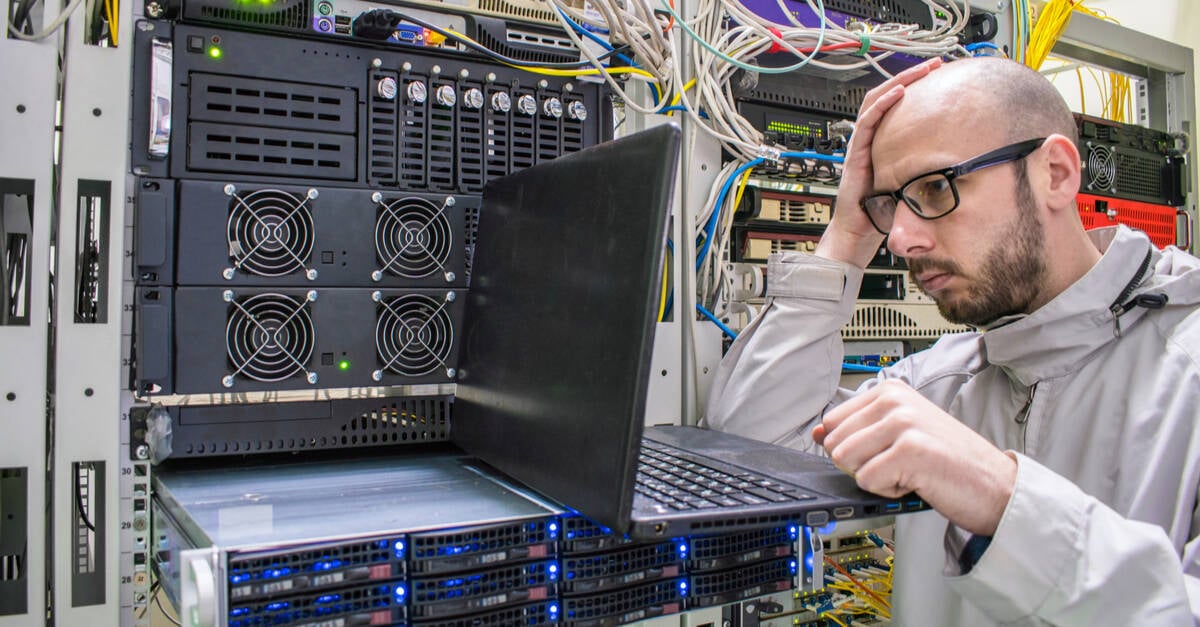





![Apple Shares Teaser Trailer for 'The Lost Bus' Starring Matthew McConaughey [Video]](https://www.iclarified.com/images/news/97582/97582/97582-640.jpg)



















